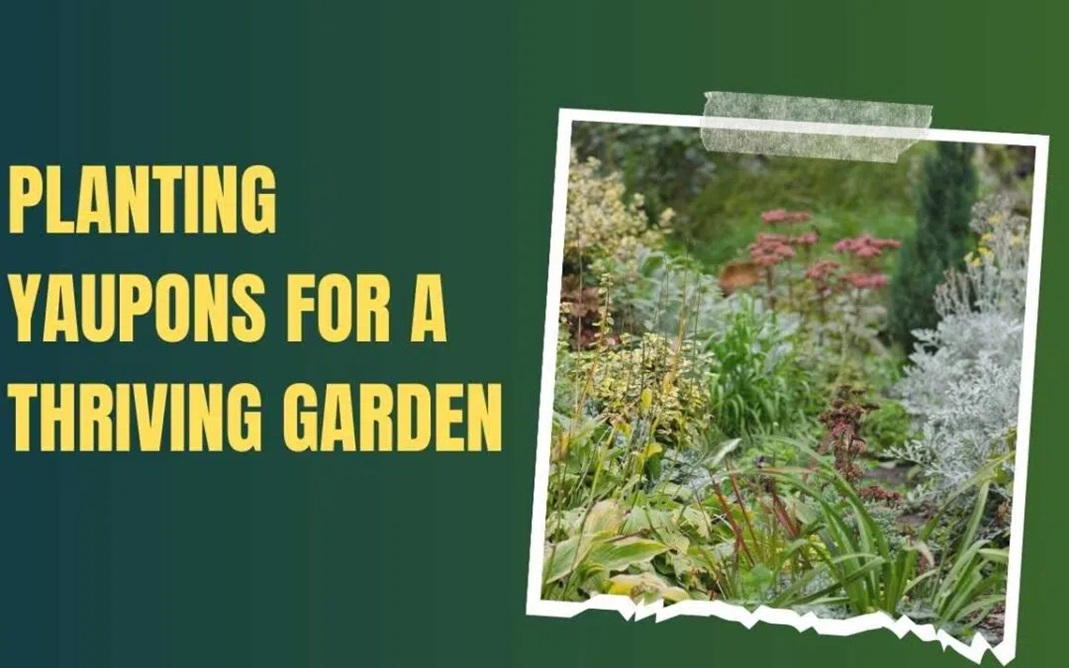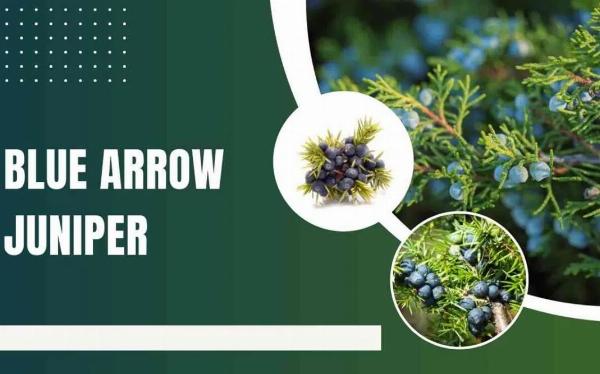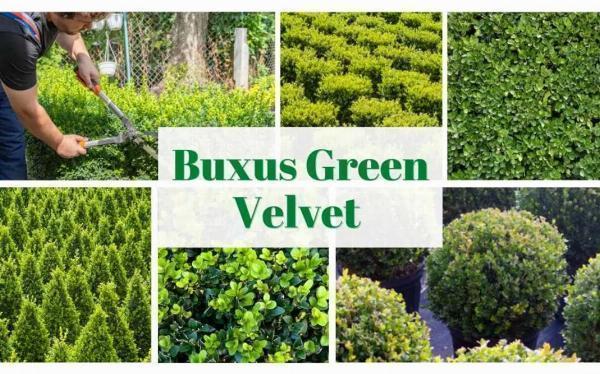Planting Yaupons for a Thriving Garden:

Strong 8k brings an ultra-HD IPTV experience to your living room and your pocket.
Title: Cultivating Yaupon Holly: A Guide to Thriving Gardens
Introduction:
In the world of gardening, few plants offer the versatility, resilience, and beauty of the Yaupon Holly (Ilex vomitoria). Native to North America, this evergreen shrub has long been cherished for its ornamental value, wildlife benefits, and cultural significance. Whether you’re a seasoned gardener or a novice enthusiast, incorporating Yaupon Holly into your garden can elevate its appeal while supporting local ecosystems. In this article, we’ll explore the benefits of cultivating Yaupon Holly and provide practical tips for ensuring its thriving growth.
1. Understanding Yaupon Holly:
Yaupon Holly is a hardy evergreen shrub belonging to the holly family, featuring glossy, leathery leaves and small, bright red berries. It typically grows in a dense, upright form, making it ideal for hedges, screens, or as a standalone specimen. One of its most notable traits is its adaptability to various soil types and environmental conditions, thriving in both full sun and partial shade.
2. Environmental Benefits:
Beyond its aesthetic appeal, Yaupon Holly offers numerous environmental advantages. Its dense foliage provides excellent cover and nesting sites for birds, while the berries serve as a vital food source, especially during the winter months when other resources are scarce. Additionally, Yaupon Holly is highly drought-tolerant once established, making it an eco-friendly choice for water-conscious gardeners.
3. Cultural Significance:
Yaupon Holly holds significant cultural importance, particularly among indigenous communities in the southeastern United States. Traditionally, Native American tribes used its leaves to brew a caffeinated beverage known as "black drink" for ceremonial purposes. Today, Yaupon tea has experienced a revival as a flavorful and caffeine-rich alternative to traditional teas, adding another dimension to its cultural relevance.
4. Planting and Care Tips:
- Location: Choose a site with well-drained soil and adequate sunlight. While Yaupon Holly can tolerate a range of soil types, it prefers slightly acidic to neutral pH levels.
- Planting: Dig a hole slightly larger than the root ball and position the plant at the same depth as it was in the nursery container. Backfill the hole with soil and water thoroughly to settle the roots.
- Watering: Water newly planted Yaupon Hollies regularly during the first growing season to establish a strong root system. Once established, they require minimal watering, relying on natural rainfall.
- Pruning: Prune Yaupon Holly in late winter or early spring to maintain its desired shape and size. Remove any dead, damaged, or crossing branches to promote healthy growth.
- Fertilization: Apply a balanced fertilizer in early spring to encourage vigorous growth and lush foliage. Avoid excessive fertilization, as Yaupon Holly is relatively low-maintenance.
5. Design Ideas:
- Hedge: Create a classic, formal hedge by planting Yaupon Hollies in a row, spaced according to their mature width. Regular pruning will help maintain a neat appearance.
- Wildlife Garden: Incorporate Yaupon Hollies into a wildlife-friendly garden to attract birds and other wildlife species. Combine them with native grasses, wildflowers, and bird feeders to enhance biodiversity.
- Container Planting: Showcase Yaupon Hollies in decorative containers on patios, balconies, or entryways for year-round greenery and seasonal interest.
Conclusion:
From its aesthetic appeal to its environmental benefits and cultural significance, Yaupon Holly stands out as a valuable addition to any garden landscape. By understanding its needs and following proper planting and care practices, you can enjoy the beauty and resilience of this versatile shrub for years to come. Whether you’re seeking to attract wildlife, create privacy, or simply enhance your outdoor space, consider planting Yaupon Holly for a thriving and sustainable garden.
Note: IndiBlogHub features both user-submitted and editorial content. We do not verify third-party contributions. Read our Disclaimer and Privacy Policyfor details.







